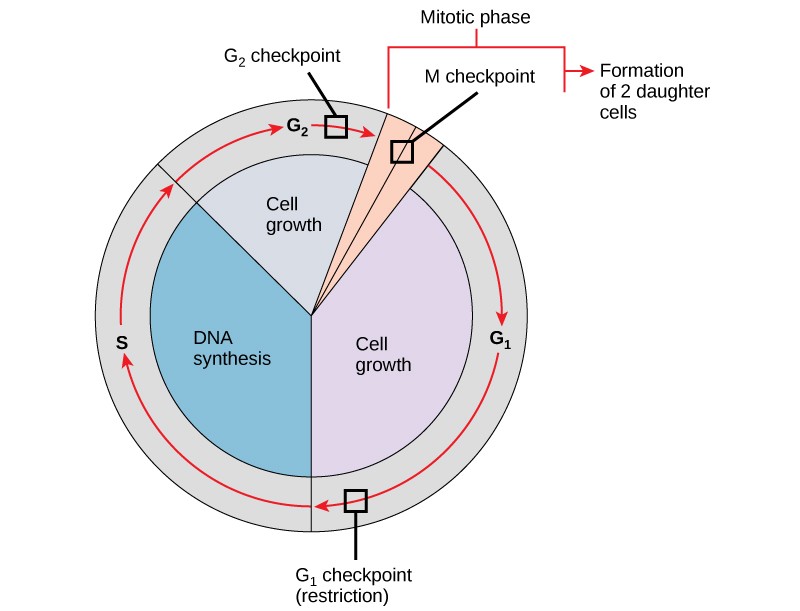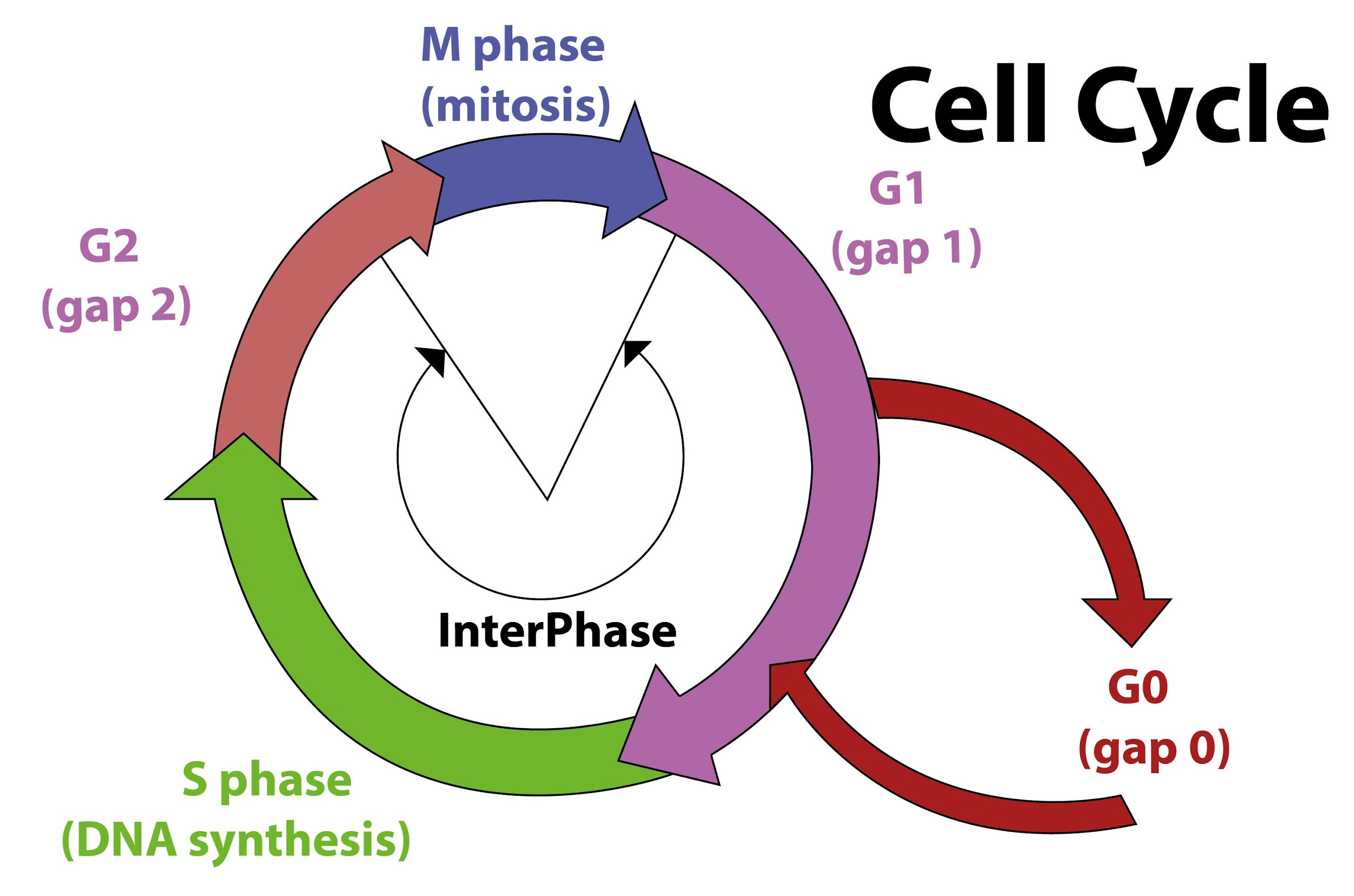Cell cycle Biology Cell biology Biology Diagrams Genes and cDNA clones have been identified in animal cells that are cell cycle-regulated, i.e. they are preferentially expressed in a phase of the cell cycle. Molecular biology of the cell cycle Int J Radiat Biol Relat Stud Phys Chem Med. 1986 Feb;49(2):219-26. doi: 10.1080/09553008514552511. Author R Baserga. PMID: 3510991 DOI: 10.1080

The most basic function of the cell cycle is to duplicate accurately the vast amount of DNA in the chromosomes and then segregate the copies precisely into two genetically identical daughter cells. These processes define the two major phases of the cell cycle. DNA duplication occurs during S phase (S for synthesis), which requires 10-12 hours and occupies about half of the cell-cycle time in

Chapter 13. The Cell Cycle & Mitosis Biology Diagrams
For many years cell biologists watched the puppet show of DNA synthesis, mitosis, and cytokinesis but had no idea of what lay behind the curtain controlling these events. The cell-cycle control system was simply a black box inside the cell. It was not even clear whether there was a separate control system, or whether the processes of DNA synthesis, mitosis, and cytokinesis somehow controlled Understanding the intricacies of the cell cycle is fundamental in cell biology and has vast implications in medical research and treatment. Quiz Yourself. Describe the Phases of the Cell Cycle The Cell: A Molecular Approach (2nd ed.). Washington, D.C: ASM Press. ISBN 978--87893-106-4. De Souza, C.P.; Osmani, S.A. (2007). "Mitosis, not

Analysis of Cell cycle. Cell cycle analysis is a method in cell biology that employs flow cytometry to distinguish cells in different phases of the cell cycle. Before analysis, the cells are permeabilised and treated with a fluorescent dye that stains DNA quantitatively, usually propidium iodide (PI).

Molecular biology of the cell cycle Biology Diagrams
Eventually, the pace of the cell cycle speeds up as the effectiveness of the control and repair mechanisms decreases. Uncontrolled growth of the mutated cells outpaces the growth of normal cells in the area, and a tumor can result. 13.4.1 Proto-oncogenes. The genes that code for the positive cell cycle regulators are called proto-oncogenes. Eukaryotic cell division has been studied thoroughly and is understood in great mechanistic detail. Paradoxically, however, we lack an understanding of its core control process, in which the master regulator of the cell cycle, cyclin-dependent kinase (CDK), temporally coordinates an array of complex molecular events. The core elements of the CDK control system are conserved in eukaryotic cells
